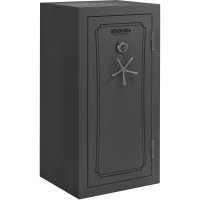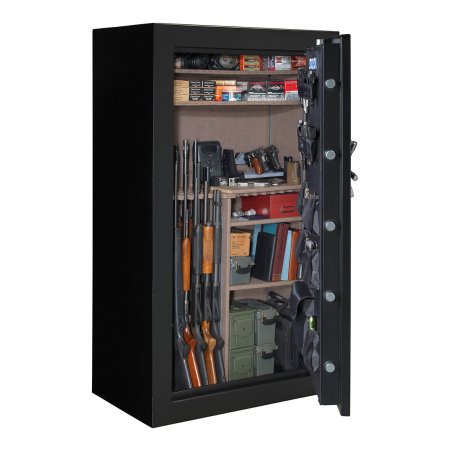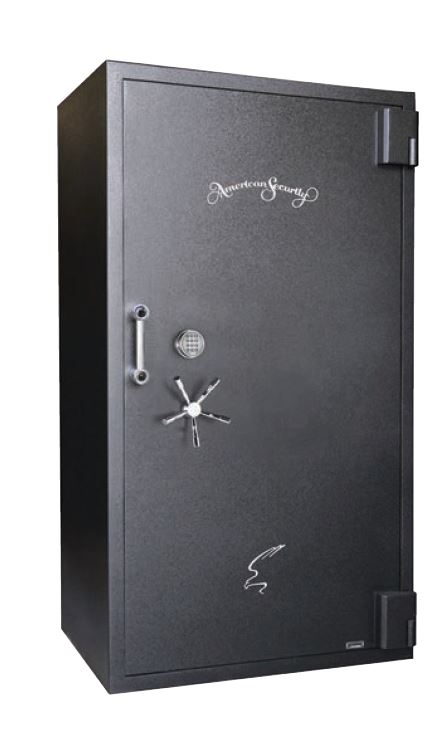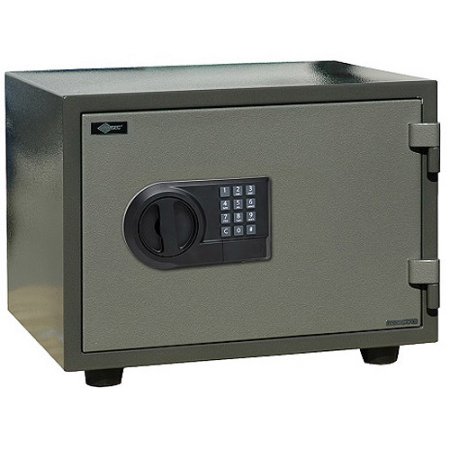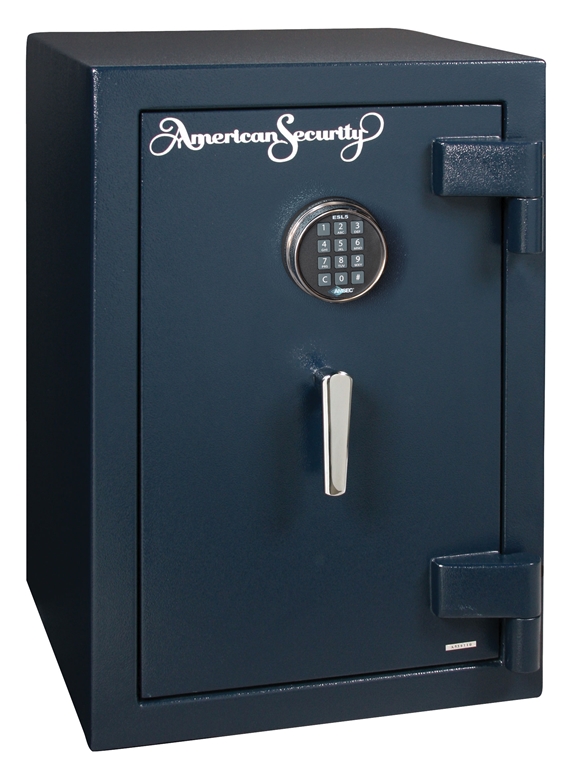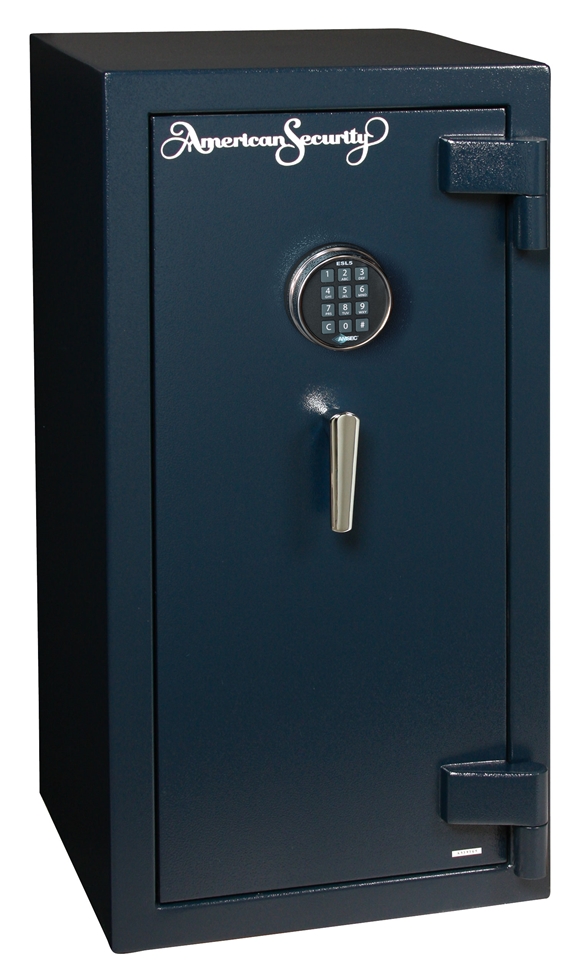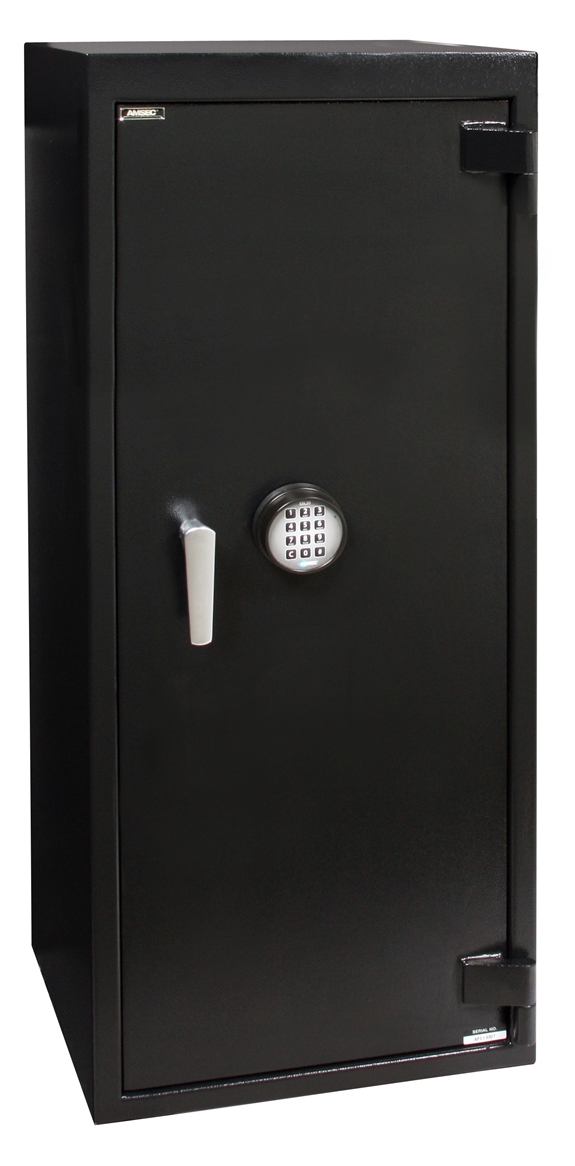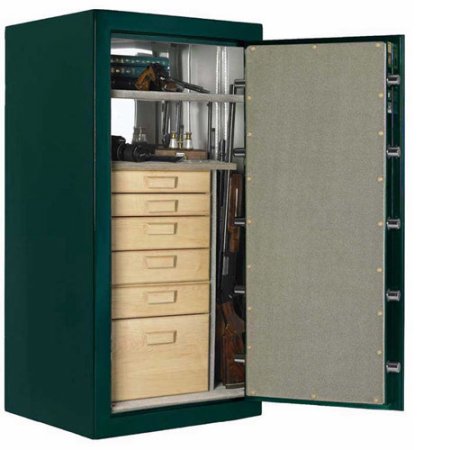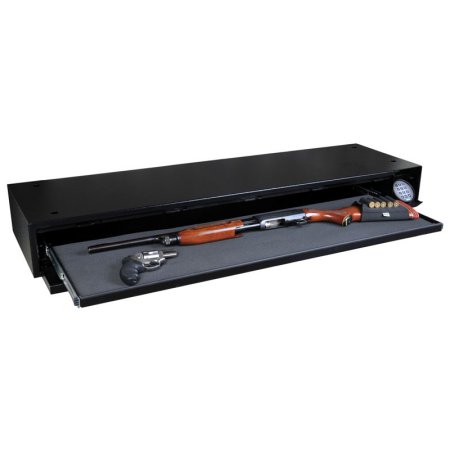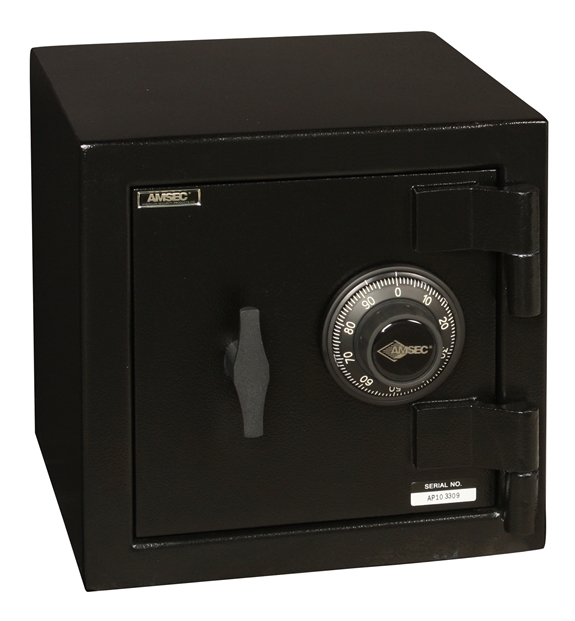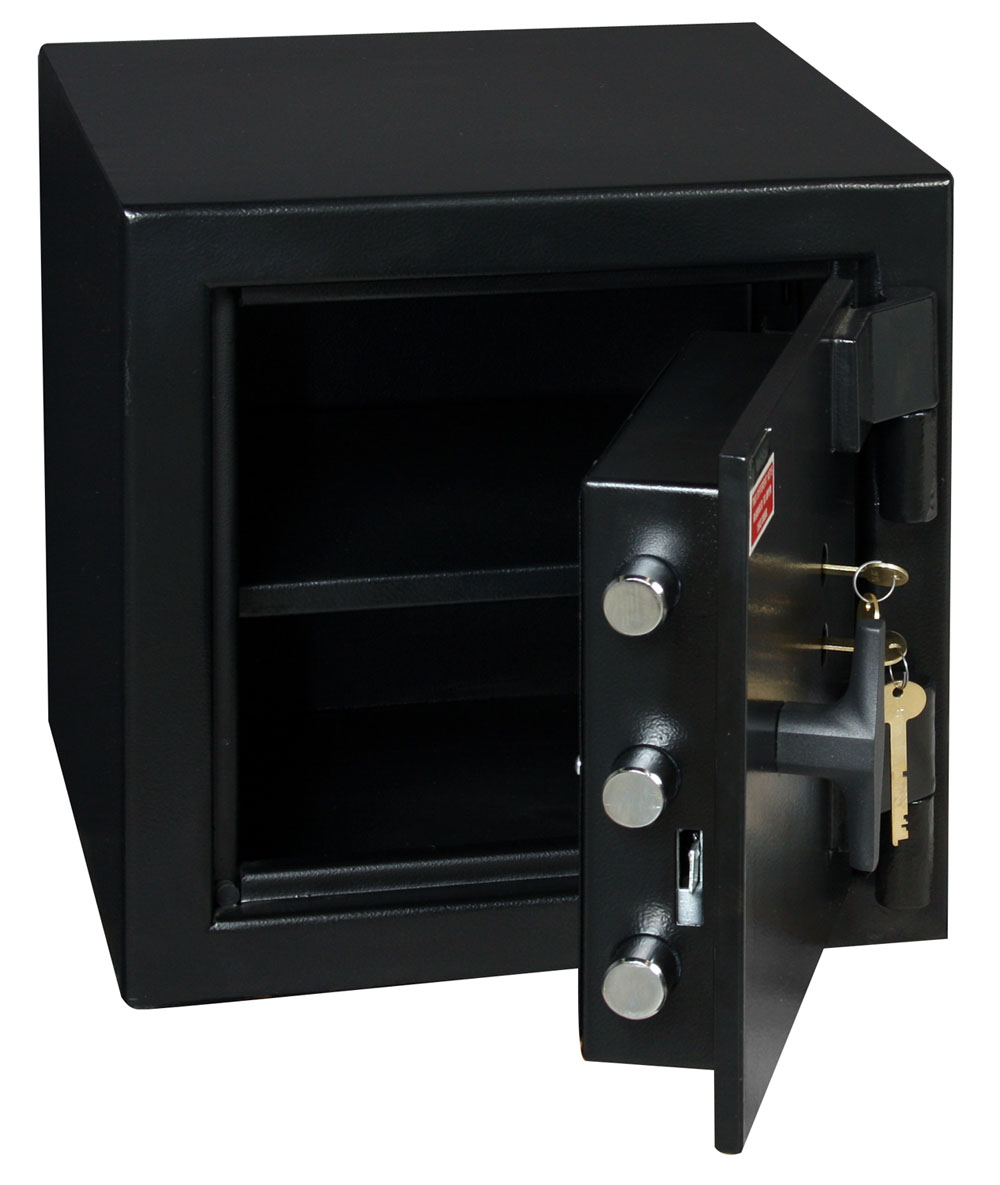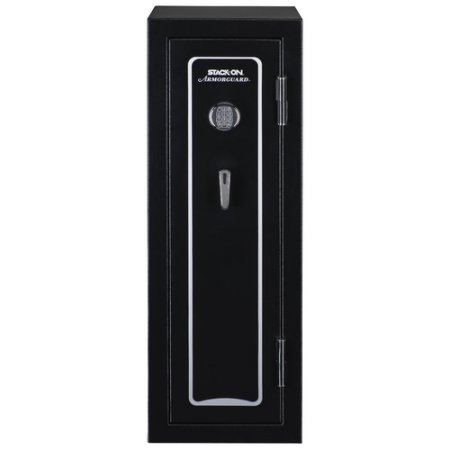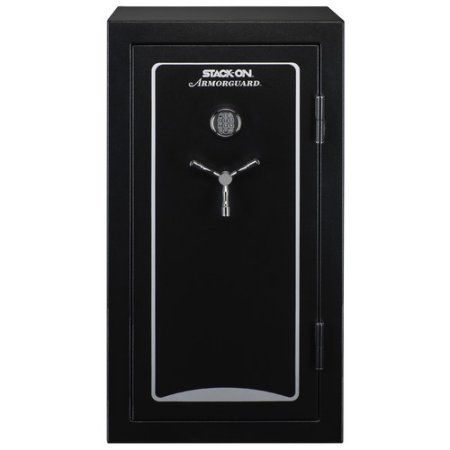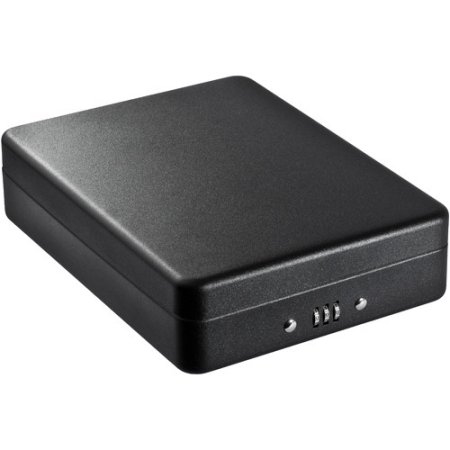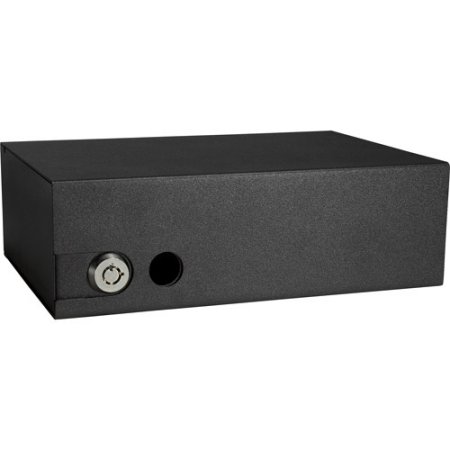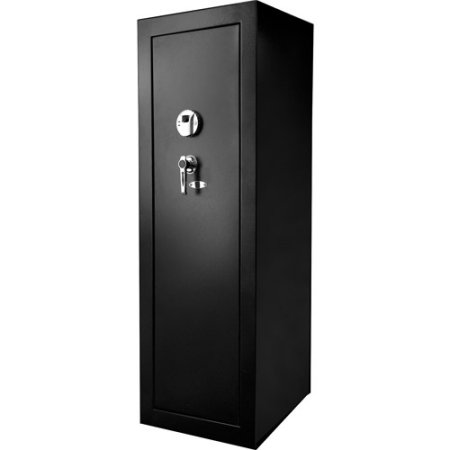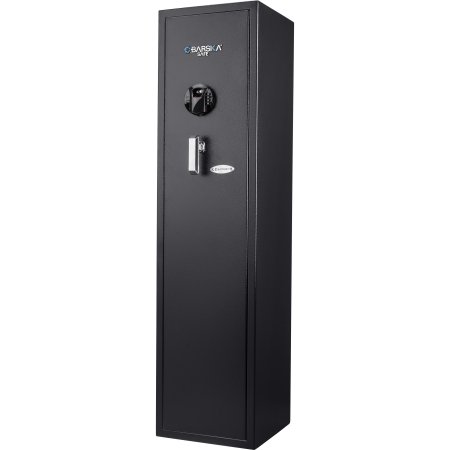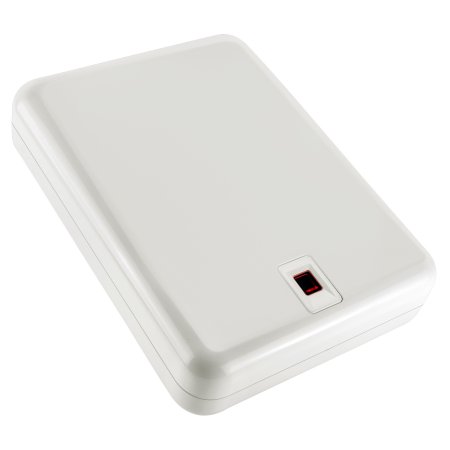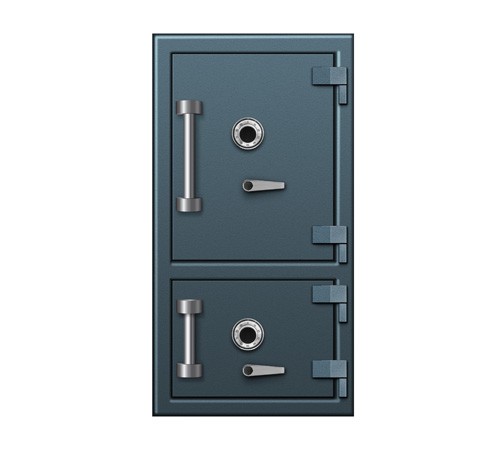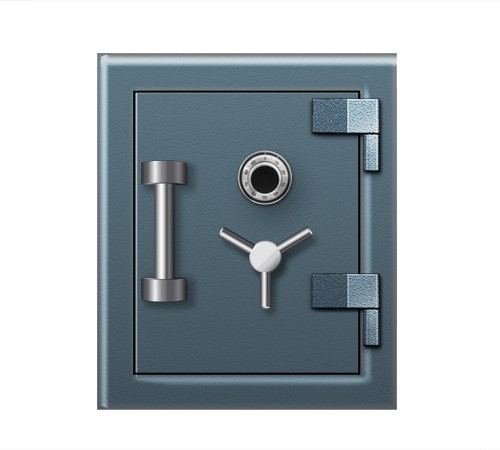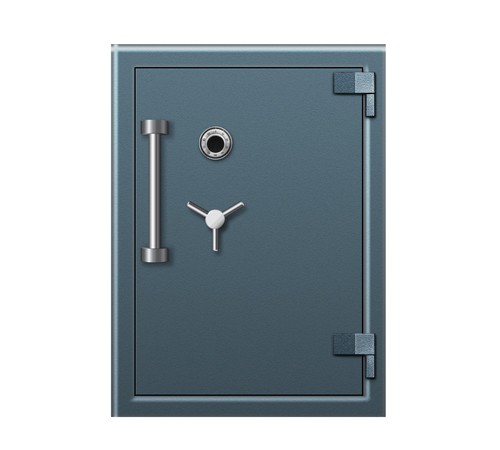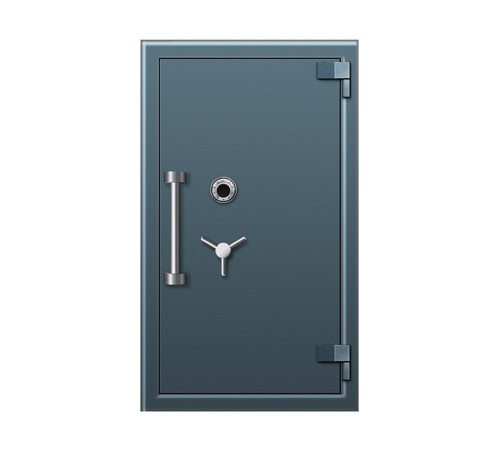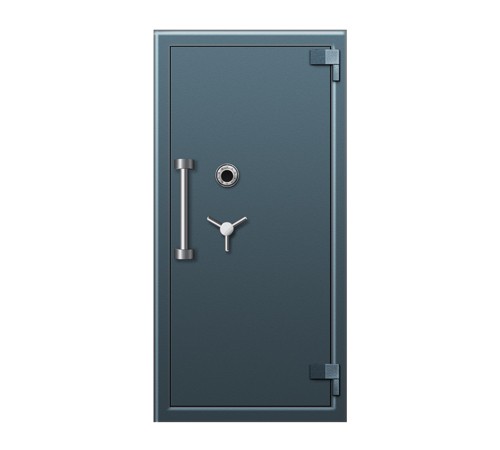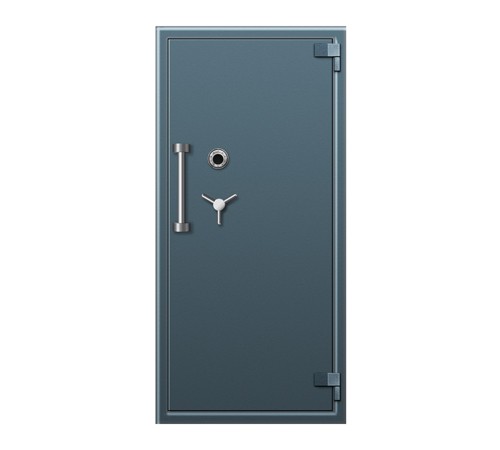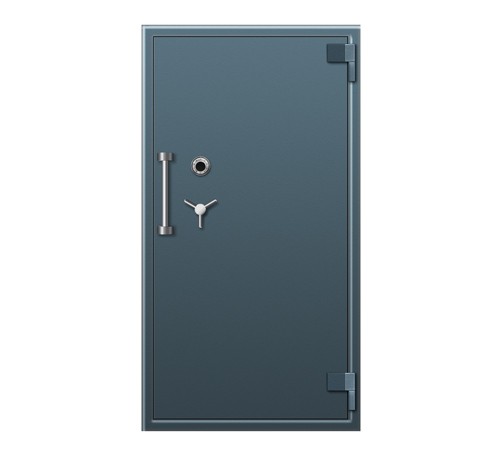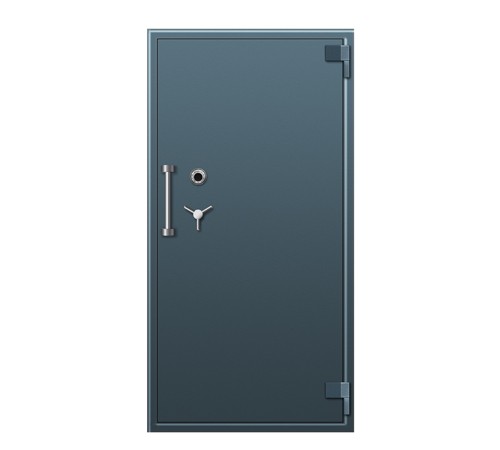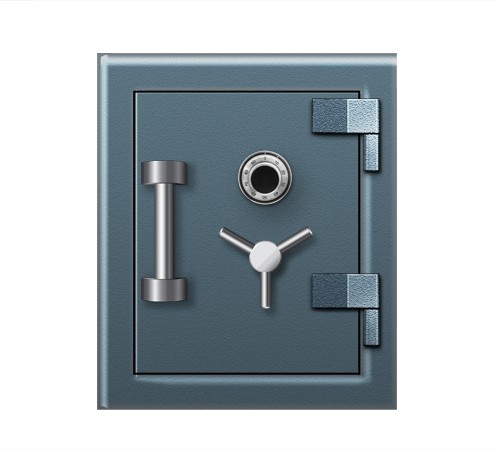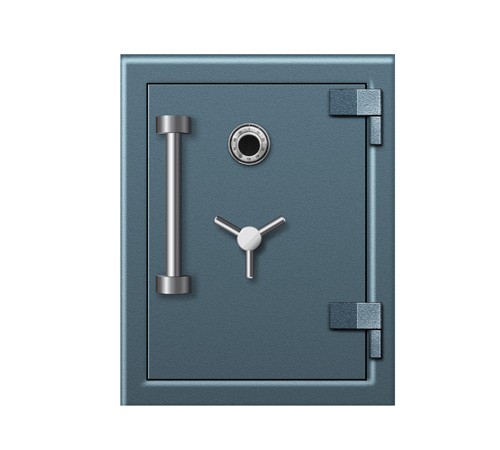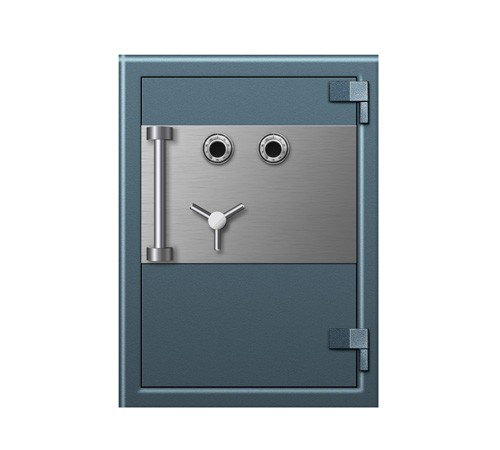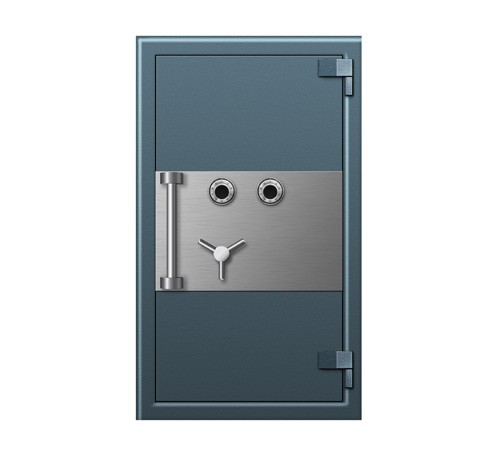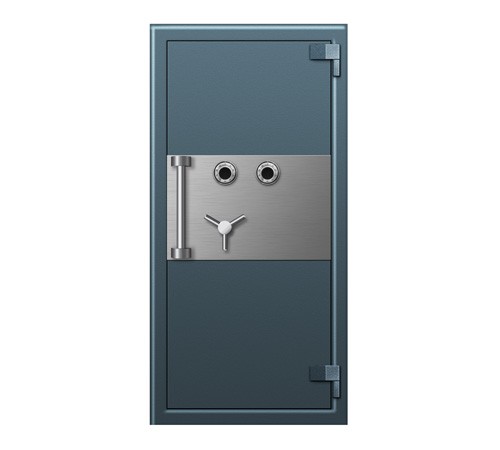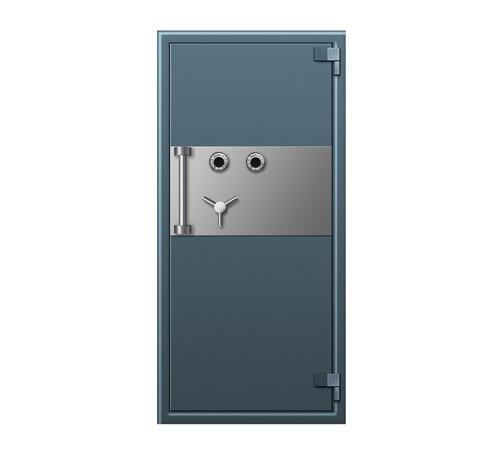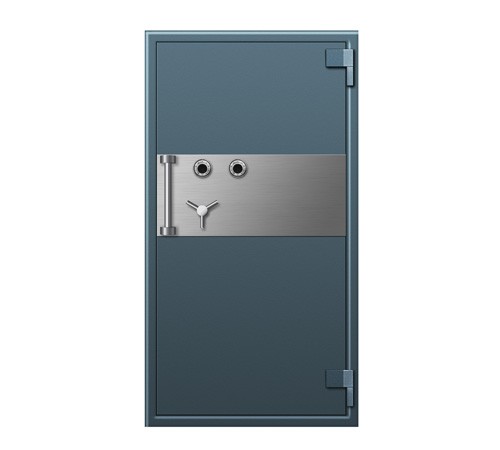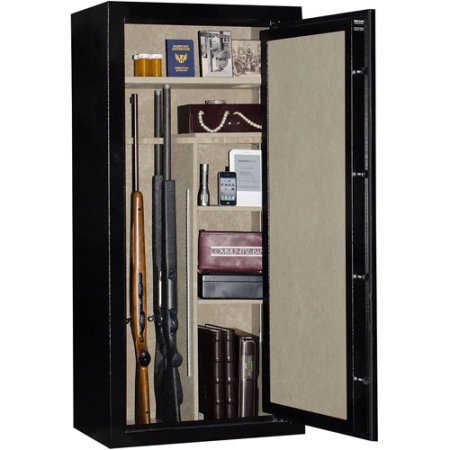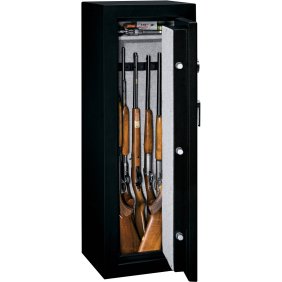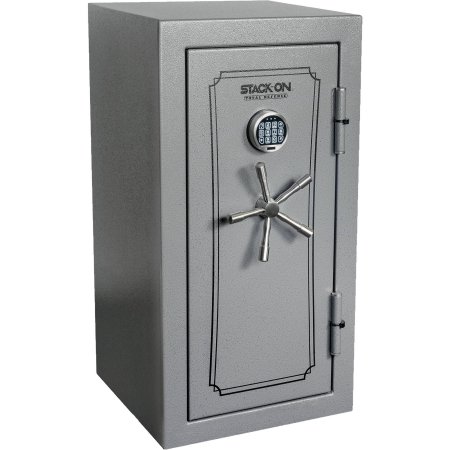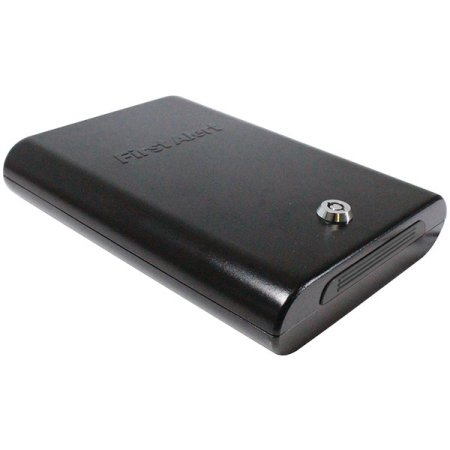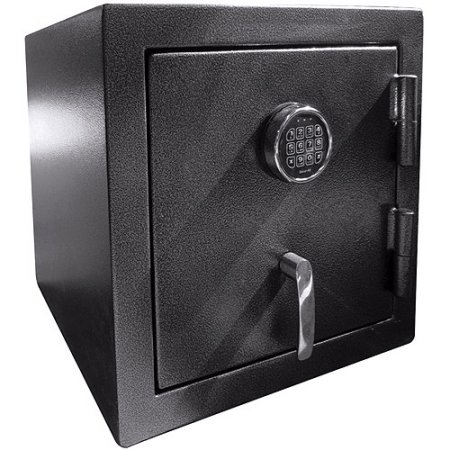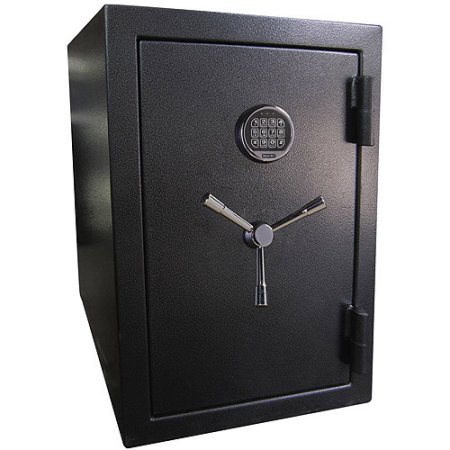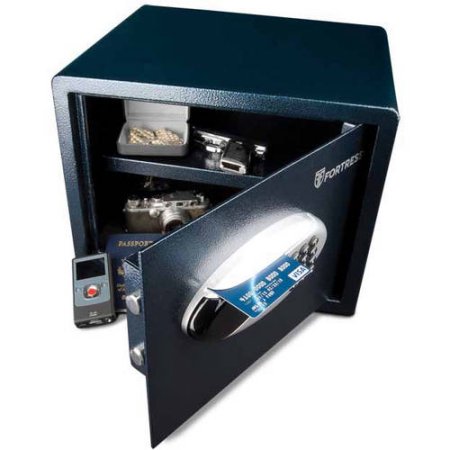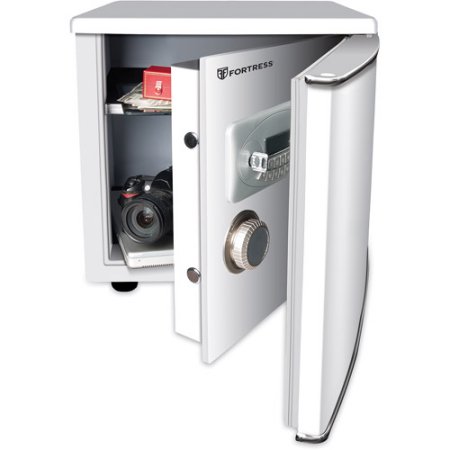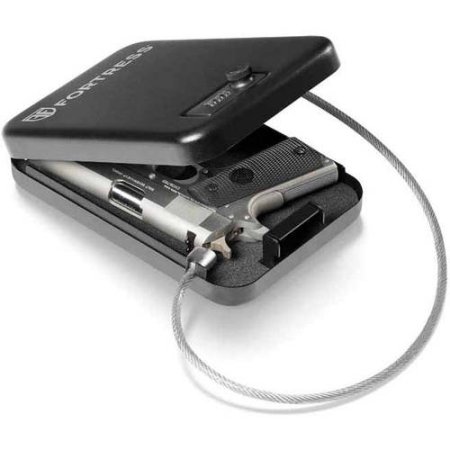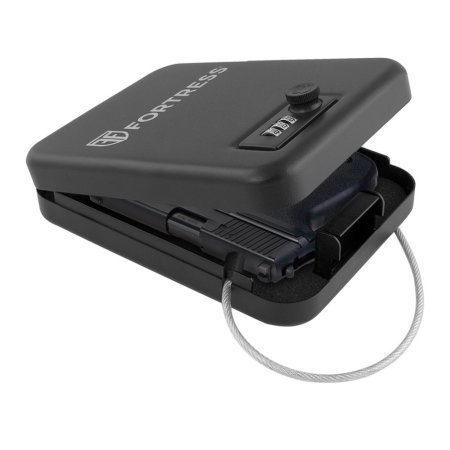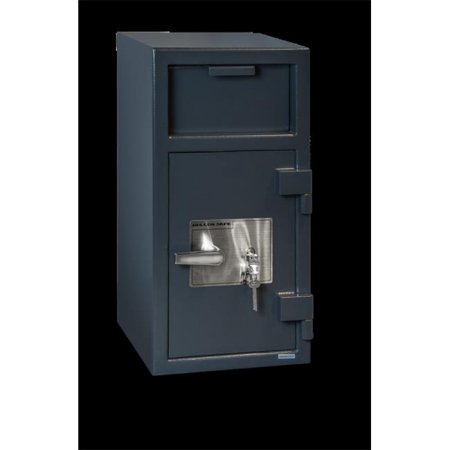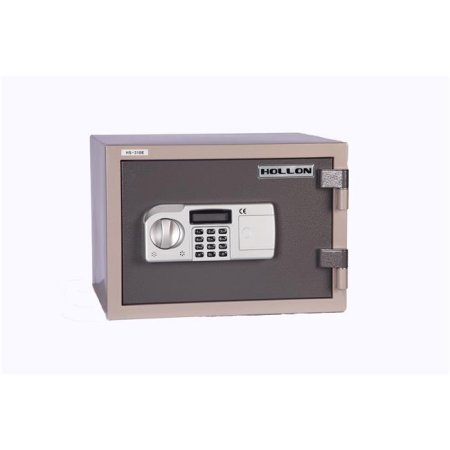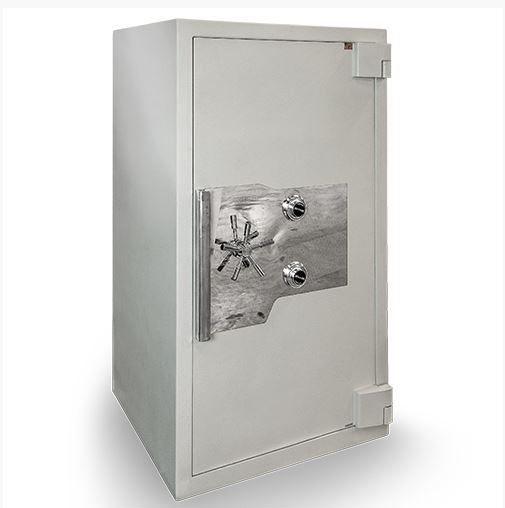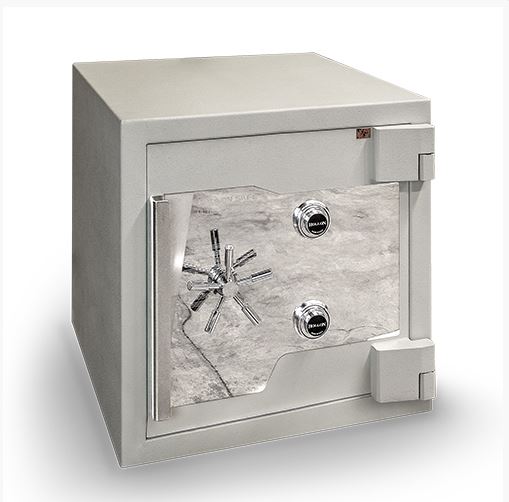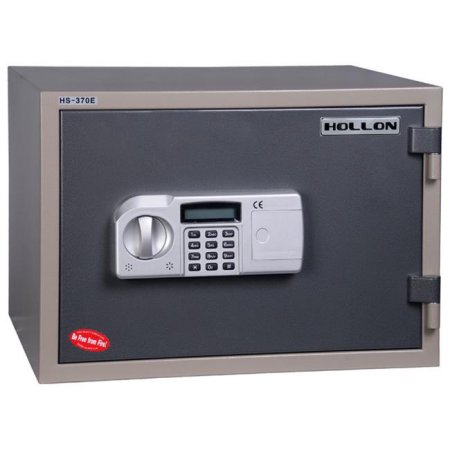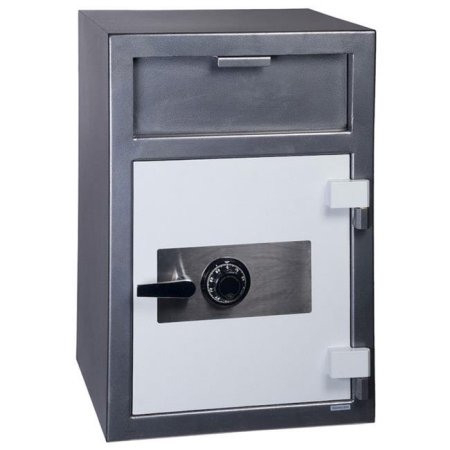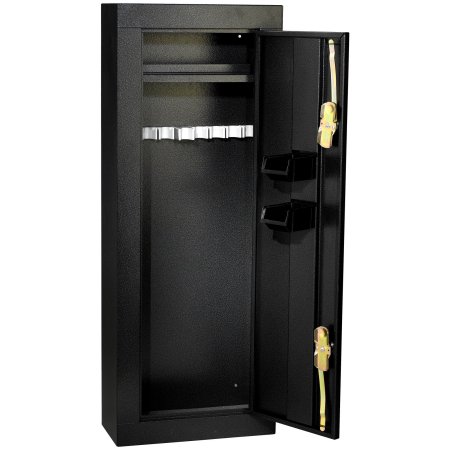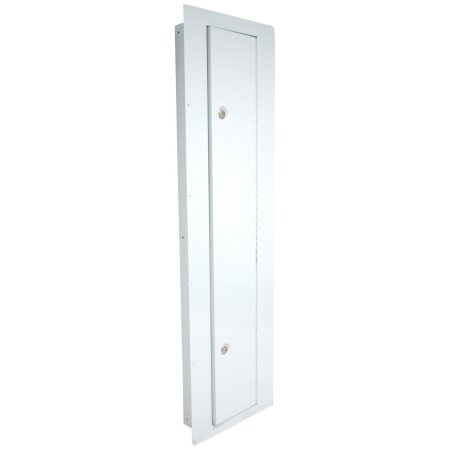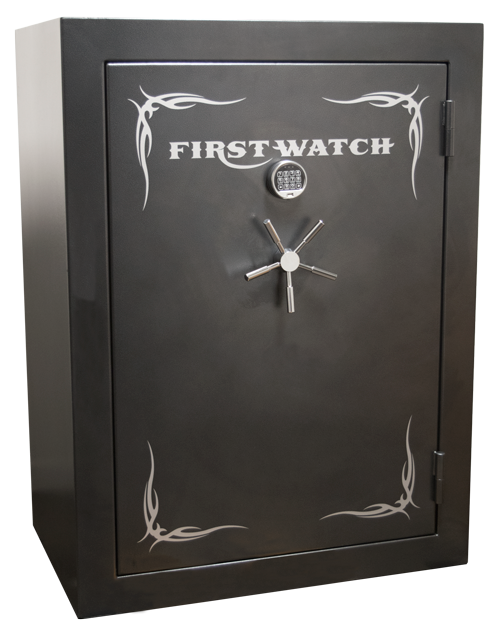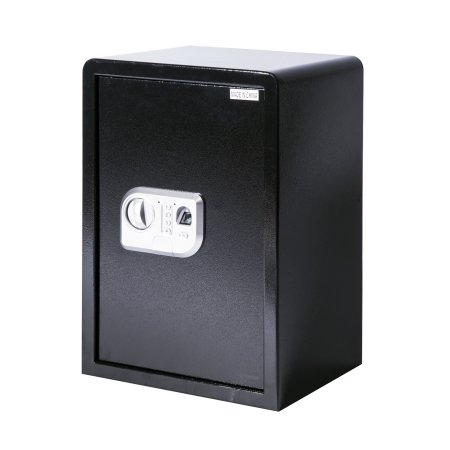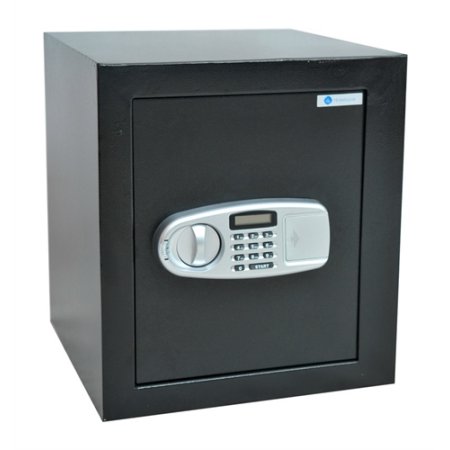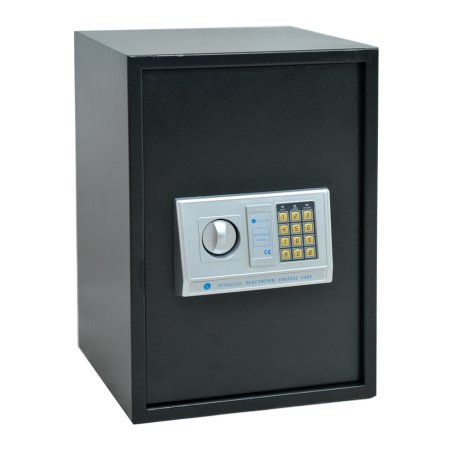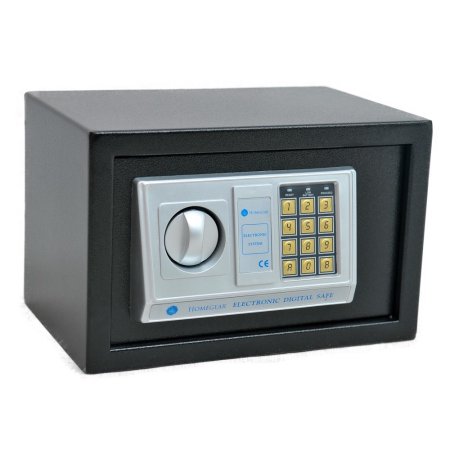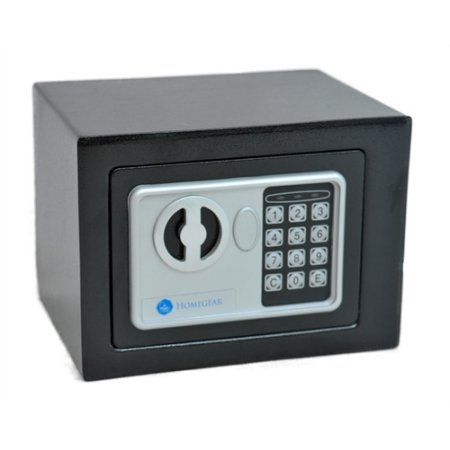Safes are a protective container for the storage of firearms, as well as ammunition, various valuables, and documents. Handheld safes are used to prevent access to their contents by unauthorized persons and to protect them from hacking. In safer vaults, there is additional protection against damage during floods, fires or natural disasters.
It is reasonable to store all the guns in a closed safe
Safety safes are the safest option for storing weapons that are available to ordinary gun owners, protecting valuables from theft and damage. The necessary safe is superior to any other storage option in preventing unauthorized access to firearms. Separate racks and laid out interiors will help to protect the finish of guns. Such safes are an effective means of preventing theft. The weight of the weapon, the heavy steel of the outer box, the complicated locking mechanism and the possibility of locking the safe directly onto the concrete slab, all work together to disrupt the intent of the robbers.
Safes not only carry out the function of safe storage of weapons but can also provide additional protection against floods, fires, and other disasters. Quality safes are available from American manufacturers, including Cannon Safe, AMSEC Gun Safe, Fort Knox Safe, Liberty Safe, Barska Safe, Blue Dot Safe, Browning Gun Safes, Gardall Safe, GunVault Safe, Homak Safe, Mesa Safe, Sentry Safe, SnapSafe, Stack-On Safe, V-Line Safe and Winchester Gun Safe.
Features of security safes
Safes for weapons can include additional security features: protection from fire or water, combination lock, digital lock and identification of fingerprints and others. Some mechanical combination locks have key locks that lock the combination wheel with a turn, excluding the person’s random attempts to access the safe and attempts to perform several combinations in the hope of unlocking the safe. Small safes are ideal for home use, for the protection of jewelry and family relics. While larger safes with higher insurance ratings are suitable for firearms, as well as for businesses that need to protect sensitive data, expensive items of various values. How to choose security safe for your individual needs?
You need to select the essential qualities that you want to see in the safe:
- Should I get a digital lock, lock the bolt, and sound alarm?
- What is the degree of fire protection with the most efficient effect
- What type of interior of your house and how best to place a safe with long-barrel screw and shotguns and others?
- Do I need to keep the contents without rust and corrosion?
- What is the sufficient level of protection it should provide to prevent access to firearms by unauthorized persons?
- What is the safest weapon storage system that is best for your personal needs?
- The number and what type of your weapon?
- How much money can you afford to invest in buying a safe?
- What speed of access do you need for firearms to protect the house?
Modern devices are designed to provide the following storage functions:
- First, they can prevent the unauthorized use of firearms;
- Secondly, some methods will protect the gun from physical damage, preserving the value of the gun;
- Thirdly, some devices can act as a deterrent against theft.
As the responsible owner of the weapon, you guarantee that your weapons are always stored safely and reliably. To do this, you will need to invest in safety safes. Depending on the size, style and security requirements, there are many options necessary for your safety.
TOP 10 Questions When Choosing Security Safes
Protection from children: The children are curious. They study the world around them. They have their toy guns with which they are played. They still do not know the difference between toy guns and real cannons. Therefore, the safe storage of firearms is important. Keeping your weapons in a safe prevents young people from accessing them, which in turn can harm themselves or others.
Protection from thieves: Avoid any consequences of the theft of the gun, ensuring that your weapon is safely blocked and access to it is difficult.
Safe lock: The most important feature of the pistol safe is its lock. The user has many types of locks that fit your budgets and unique requirements.
Mechanical Locks: the most straightforward model is a traditional mechanical lock and key. Advantages: they are easy to use and do not require an electrical battery. Disadvantages: they can be easily opened if thieves have the appropriate equipment. And if the owner loses the keys to the safe, it is impossible to access the weapon without the help of a locksmith.
Combination lock or key lock eliminates this risk. They are relatively easy to use, although the combination set may be long for some specific locks. It is essential to keep the combination code confidential, avoid sharing with anyone, and if you suspect that the privacy of the code has been lost, then it needs to be changed. Do not write down the combination so that it does not fall into the wrong hands. Electronic locks are faster and easier to use than manual mechanical locks.
Biometric locks are opened with a fingerprint. They are the most expensive, but the safest. Biometric locking will prevent unauthorized access, and some have an alarm system that provides an additional level of protection. Disadvantages: the keypad for biometric locks requires electrical power. If the battery or power supply does not work, you can not open the safe until the power supply is restored.
The thickness of steel: The total thickness of the safe is determined by the thickness of the steel used in its construction. The thicker the material, the more it costs. The thickness of the steel is measured with an inverse scale. The smaller the number, the thicker the metal will be. This means that at a value of 10 caliber steel is thicker than 11, 12 or 14 calibers. The calibration value shows how thick the metal used to assemble the safe, and how difficult it is to break the metal in the event of attempted theft.
The weight: A light pistol safe is not very useful, as it is easier for a potential thief to take out and open it. Buy heavy safes. The more he weighs, the less likely that the thief will be able to pull him out of the house. The heavier, the better. Disadvantage: specialized equipment is required to deliver and install your safe.
The possibility of the additional shutter: As the other security feature, it is possible to secure the safe with bolts in the floor or the wall. This event will not allow and make it impossible for the thief to endure security safe. In combination with a signal sensor and a reliable locking system, this safe provides exceptional protection for your weapon.
Capacity: Buy a safe with a more significant internal volume than your current needs. This gives you the opportunity to expand your opportunities in the future or to smooth out the miscalculations. Given that a high-quality pistol safe is a significant capital investment to have additional capacity does not allow replicating costs in the future.
Fire protection: Many security safes offer fire protection against fire and smoke, using fireproof materials. It is desirable to have a safe in a separate room with a door. Separation is a useful step in preventing or slowing the spread of fire. Evaluation of fire resistance: it is desirable that the contents of the safe last for one hour or more at a temperature of 1300 degrees.
Water protection: Look for safes that create a barrier against water, which protects against leakage up to 24 hours. Especially if you live in an area close to a pond that can be prone to floods or hurricanes.
Location in the house: Think about where it is best to place a safe in the home. This should be a place quickly accessible and safe, not visible to the surrounding people. Think about the safety of storing weapons in the broader context of your home, consider an integrated alarm system.





